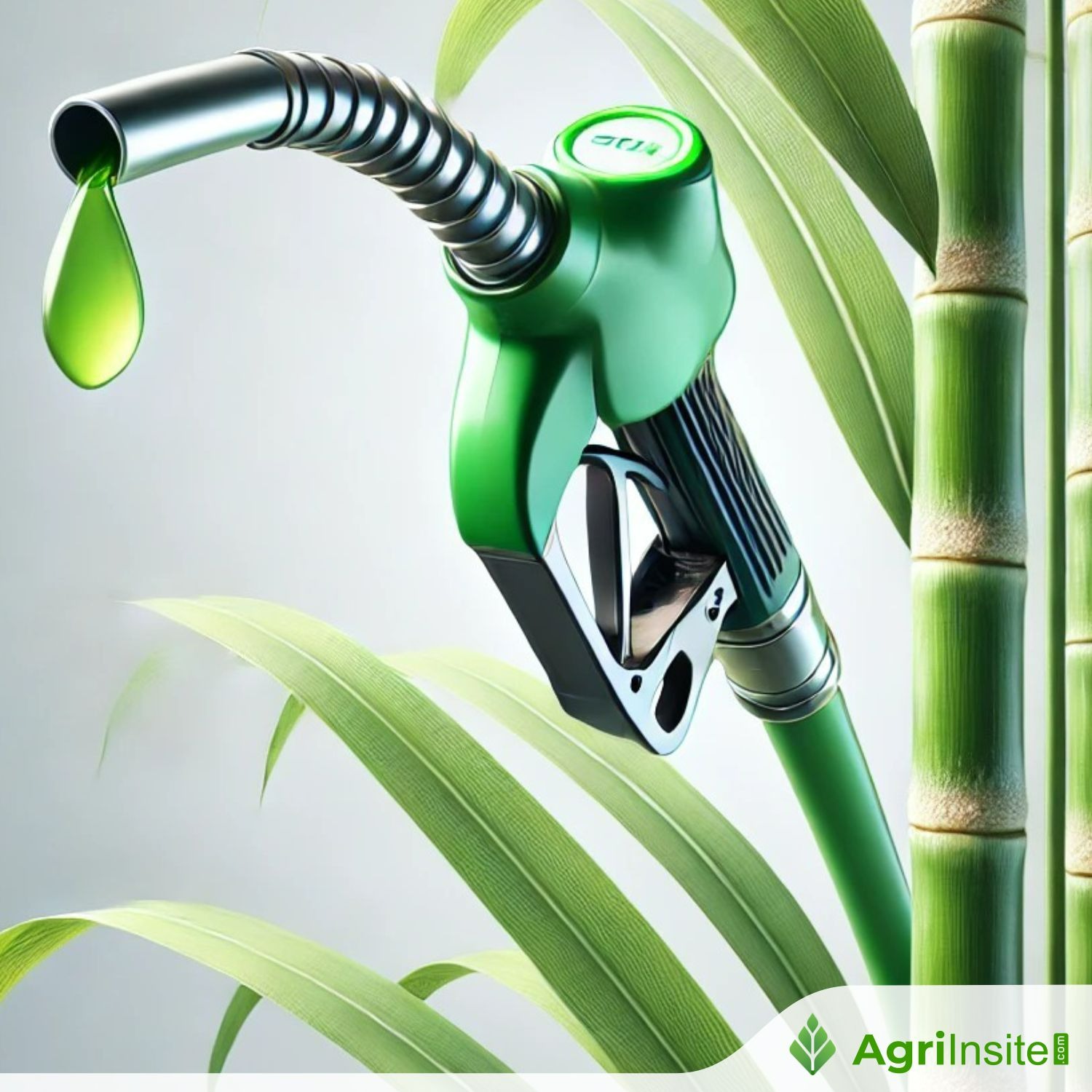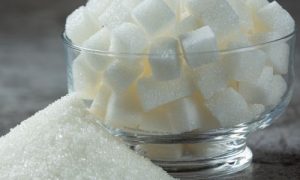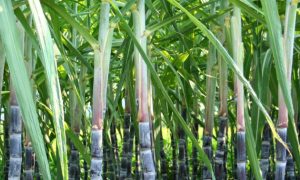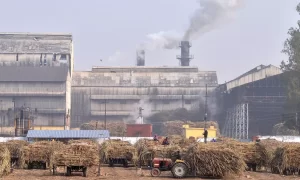Food vs fuel: Surge in ethanol blending and its impact on sugar prices

India, having met its 20% ethanol blending target ahead of schedule, now eyes a 30% blend to cut fossil fuel use. But falling sugarcane output, hit by disease and poor rainfall, is straining sugar supply. With more sugar diverted for ethanol, retail sugar prices have risen, raising concerns about availability and affordability—intensifying the food-versus-fuel dilemma.
India is looking to increase the ethanol-blending ratio in petrol to 30% to further cut down on fossil fuel consumption, as it has met its previous target of 20% in 2025, well ahead of schedule. This would require an increase in the diversion of sugar, produced from sugarcane and other sources, for ethanol production. However, sugarcane production has been on the decline since 2022, so much so that on Thursday, the Centre approved a hike in the Fair Remunerative Price for the crop to protect the interests of farmers. Consequently, the price of sugar has risen too, pinching the pockets of consumers.
Will the increased diversion of sugar for ethanol blending further reduce its availability for direct consumption and push prices even higher?
Chart 1 shows the annual sugarcane production in India in the last 10 years. Following a dip in FY17 due to drought conditions in sugar-producing States, production was almost consistently increasing until it peaked at 490 crore tonnes in FY23. It declined in the following year and is estimated to further dip in FY25 as well to 435 crore tonnes.
A slate of components has influenced lower production of sugarcane over the recent years, such as red-rot disease among crops in major sugar-producing States, deficient rains, and problems with the flowering of crops.
This decline in production has predictably impacted the retail sugar prices across the country. Chart 2, which shows the country-wide modal retail price of one kilogram of sugar, depicts prices rising from ₹40 per kg in May 2023 to ₹45 per kg as of May 5, 2025.
Ethanol blending adds to the price pressure by diverting a portion of the sugar. Government data show a rapid increase in the amount of sugarcane-based ethanol supplied for blending over the past decade, going from about 40 crore litres in FY14 to nearly 670 crore litres in FY24 (Chart 3). The practice is lauded for its sustainability-related benefits as well as its potential to reduce India’s dependence on oil imports.
The Centre has been implementing a long-term Ethanol Blending Programme (EBP) since the start of the 2000s, which allowed for a stagnant, then gradually increasing supply of ethanol. Initially, as a means of ensuring adequate availability of sugar for domestic consumption, the government banned the use of sugarcane juice, sugar syrup, and B-heavy molasses for ethanol production. This ban was lifted later, which explains the surge in supply in recent years.
A commensurate increase can be seen in the rate at which ethanol was blended with petrol over the years. Chart 4 shows the ethanol blending rate over the last 10 years. From just over 1.5% in FY14, the rate of ethanol blending has surged to 20% in FY25. The ethanol blending ratio surged due to a combination of a consistent increase in sugar diverted for ethanol production and a drastic reduction in the goods and services tax imposed on ethanol meant for the EBP.
At the time of its inception, the EBP had set the target of 20% blending to be achieved by 2030. However, upon seeing the progress attained through lifting caps and taxes, standing at 15% blended ethanol in 2024, it was decided to advance the 20% target to 2025. The ratio was reached in March this year, leading to talks of a 30% target for the coming years.
With the availability of sugarcane impacted this year, reports show that the government is looking at grains to make up for the shortfall. Moreover, with sugar prices rising, the choice between food and fuel looms.
Source: Lok Sabha Questions and Answers, Ministry of Petroleum and Natural Gas, Centre for Monitoring Indian Economy.
To Read more about Sugar Industry continue reading Agriinsite.com
Source : The Hindu
















